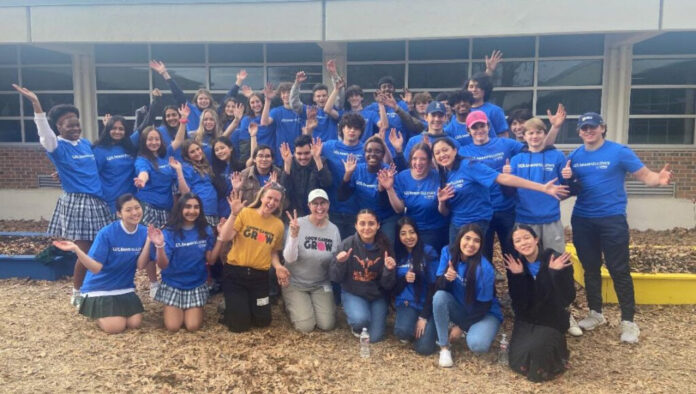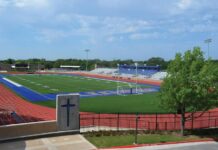According to Jesuit, United to Lead is “a student movement that is designed to equip high school sophomores with the tools that they need to become advocates for educational equity. United to Lead Fellows will take part in a six-month fellowship to create relationships that cross traditional boundaries, understand the levers of educational equity, and become skilled advocates for our community schools. Students will actively participate in design thinking challenges and explore their power to impact their communities. Students involved in the United to Lead program will also serve in local public elementary schools providing mentoring and one-on-one tutoring.”
In this article, I’ll explore my experiences with United to Lead.
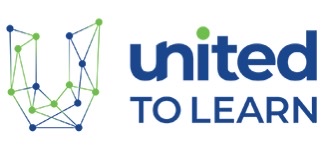
Signing Up
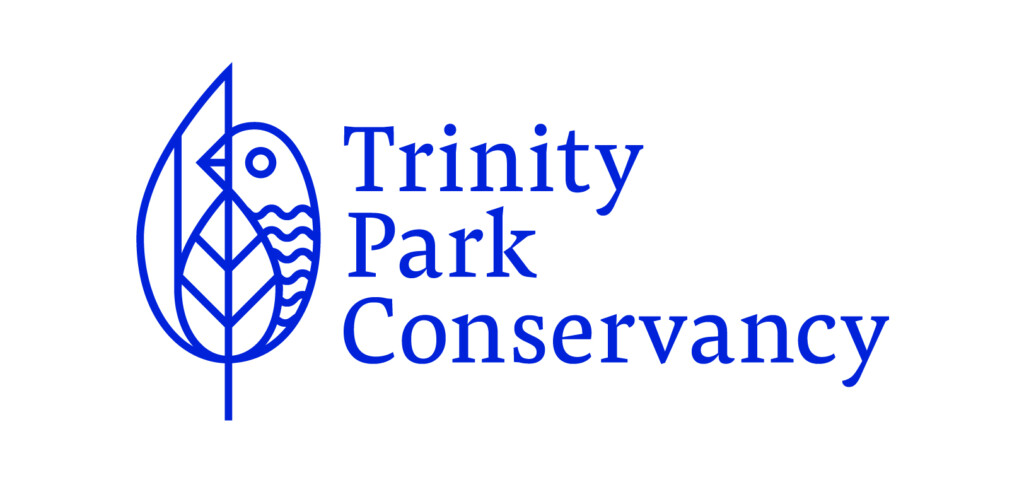
United to Lead was one of the 7 Service Leadership Clubs offered to me in April of my Freshman Year as my 10th grade service commitment. I was drawn most to this group due to its selectivity, diversity, and most importantly, its causes. It should also be noted that only a dozen incoming sophomores are selected. The pitch that drew me into U2L is the following: “[United to Lead] Works with issues of equity and inclusions in primary education, primarily in primary public schools. There is a tutoring/mentoring component for this organization. Additionally, you will learn about issues of justice and education and will present a solution to a school improvement project around Dallas.” To me, this sounded like a meaningful and productive organization where I could donate some educational insights, so I enlisted. Also, it’s important to differentiate United to Lead, Jesuit’s service club, from United to Learn, which is the organization we work with.
Summer Service
The summer before our sophomore year, the freshly accepted United to Lead members were invited to various summer service commitments, and I chose the Opportunity Gap Immersion Program. In this three day assignment, we defined the term Opportunity Gap, and explored its prevalence in our metroplex. On day one, we visited the Arboretum’s Children’s Garden, and examined the importance of neighborhood infrastructures like parks and gardens to the development of children. On day two, our service unit traveled to Fish Trap Lake Park, located in West Dallas, and partook in a trash cleanup of the reservoir. After that, we discussed the positive impacts a clean community can have on its people. Finally, on day three, we visited a teen homeless shelter, the Incarnation House in downtown Dallas, and were taught the relationship between teen homelessness and opportunity gaps. Overall, this short-lived taste of U2L was enjoyable, and I looked forward to the future of my commitment.
Fellows Meetings
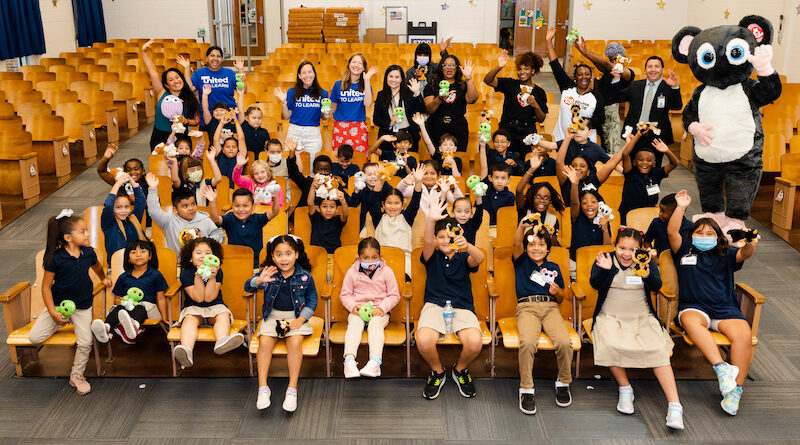
Fellows Meetings are crucial characteristics of United to Lead, for they allow us to discuss the areas we are actively combatting, with fellow high schoolers. During this diverse unification of students from Jesuit, Hockaday, and W.T. White, we collaborate on small presentations where we offer solutions to common problems in our community. So far, we have touched on the problems regarding children and their ability and accessibility to read. Although initially hiding in clusters of familiar faces, we have learned that the only way to make these meetings effective is to collaborate with the entire collection of students. Together, we recently visited the nearby Nathan Adams elementary school, and helped restore a couple courtyards. In this service encounter, we taught groups of students about onions in a hands-on experience, letting them plant a few for themselves.
Tutoring
Part of my commitment to U2L is tutoring a student from an elementary school in South Carolina every Wednesday. We are actively working to bring these kids up to a third-grade reading level, because they are in a stage where reading is crucial to their education. These reading conferences are held via zoom, and are extremely straightforward thanks to the Reading Partners team who create custom lesson plans with slideshows and scripts for every session. We go over prefixes, suffixes, essential words, and the students read aloud to conclude every session. Although requiring some patience, these lessons are rewarding, and it truly makes my day seeing my student growing as a reader.
Reflections
In terms of commitments, United to Lead is one of the most demanding organizations offered for an incoming sophomore. Luckily, all the time is spent during school hours, though these events take place during PRT and some class periods. Upon signing up for United to Lead, I was not expecting it to take such a great amount of dedication, but in terms of regrets, I honestly have none. Although my Wednesday PRT time is spent tutoring, I can’t describe it as unenjoyable or tedious. Sometimes I miss my last few periods of school for our monthly fellow meetings, but the time is spent productively, alongside friends we don’t see very often. Even if I could go back to sophomore year service selections, I would still choose United to Lead.
Stay tuned to The Roundup for more Service & Social Justice News


